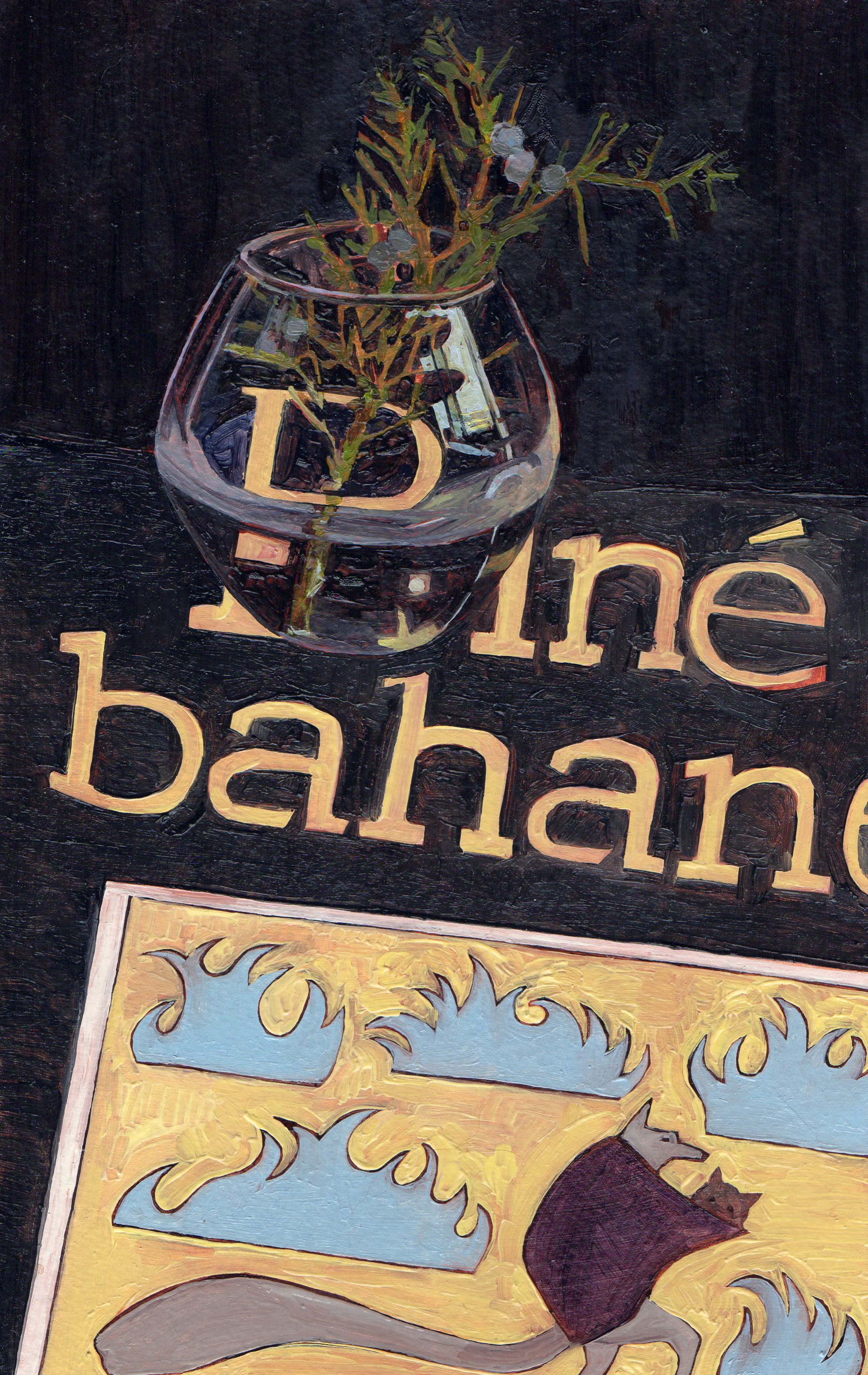Botanica: Exhibition in Walnut Creek, California
I am pleased to announce that my work will be featured in the Bedford Gallery’s juried exhibition, Botanica. This exhibition is a National Juried Exhibition and was juried by Ken Harman of Hashimoto Contemporary and Spoke Art (San Francisco) and MacKenzie Stevens of the Hammer Museum (Los Angeles).
Two pieces will be featured in the exhibition: Succulent (Bury My Heart) and Juniperus virginiana (Dine bahane). Both paintings are from a new body of work that I have started this year. On walks around my outer Richmond neighborhood in San Francisco, I collect abandoned plant clippings, usually succulents. I’ve also transported a sprig of juniper from my family’s property in Virginia. With these plants, I’ve been meditating on ideas of roots, home, histories, and migration.
Botanica: All Things Plant Life
July 12 – Sept 6, 2015
Opening Reception: Sunday, July 12, 3-5pm
Bedford Gallery
at the Lesher Center for the Arts
1601 Civic Drive
Walnut Creek, CA 94596
For more information:
www.bedfordgallery.org/botanica
About the work
San Francisco is where I find myself making work, and San Francisco is a new place for me—even after living here for two years. San Francisco is used to its transplants with its politics of gentrification and history of westward expansion; and it seems that this is part of my own migration. Adventures arise both from circumstances not of your own making and those decisions you doggedly hold onto. Scott Richard Lyons talks about coping with the transience in indigenous history:
Sometimes [it] means adopting new ways of living, thinking, and being that do not necessarily emanate from a traditional cultural source (or, for that matter, ‘time immemorial’), and sometimes it means appropriating the new and changing it to feel more like the old. Sometimes change can make the old feel new again. Sometimes a removal can become a migration.
Likewise, plants and animals are discussed with the same weighted language as gentrification and neocolonialism, migration and transience. These ecosystems sometimes reject and sometimes embrace new species, while local fauna and flora tries to adapt (successfully or unsuccessfully). In my walks in the outer Richmond, I have adopted abandoned clippings on the sidewalk. Succulents can be broken off and form new roots just in a jar of water. These plants draw upon what is already there: their roots, the dirt that is the recycling of older plants and detritus. After their roots are established, they can be planted anew.
I traveled from Virginia this last March with a tiny sprig of red cedar (Juniperus virginiana) from a tree that has long been on my family’s property. It lives in water like the succulents; but the cedar sprig lacks the ability to grow new roots. Histories inject themselves into the work: my own Navajo identity carries with it a history of forced removal, histories that I mostly encounter through literature. These old histories feel new as I search out my own place.

